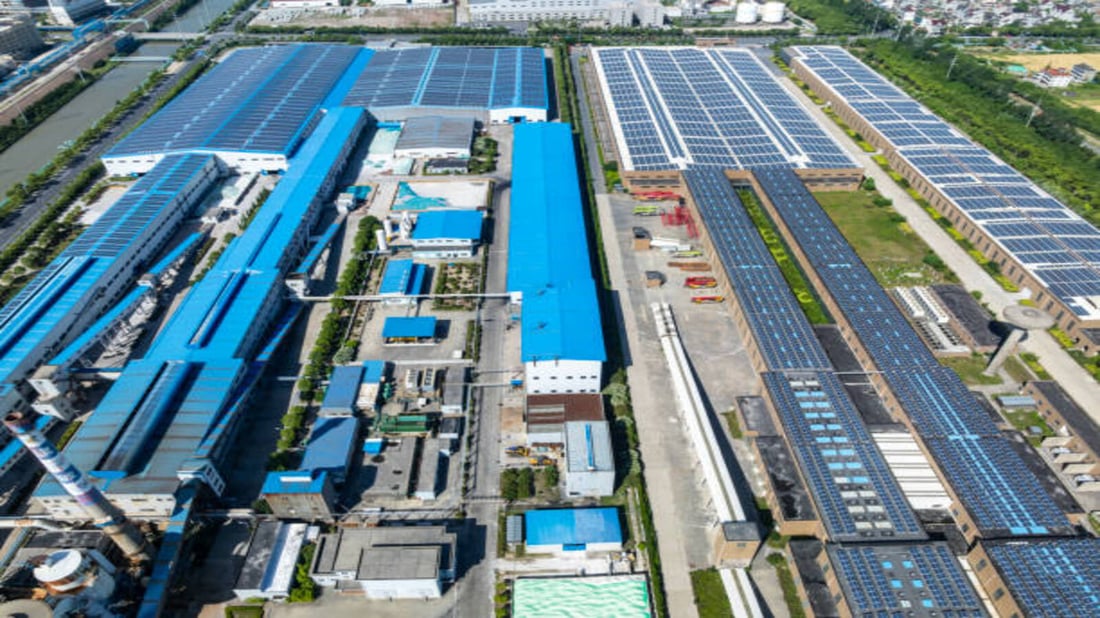Introduction
Photovoltaic (PV) plants have become increasingly popular as a source of clean energy around the world. They require durable and reliable components that can withstand harsh weather conditions. One of the most important components of a PV plant is the mounting system, and aluminum is the optimal material for this purpose. In this article, we explore the reasons Why aluminum is ideal for photovoltaic plant construction.
1. Strength
Aluminum has a high strength-to-weight ratio, meaning that it is strong but also lightweight. This is important for PV plants because the mounting systems must be able to withstand strong winds and heavy snow loads. Aluminum systems are capable of handling these stressors without compromising the system's integrity.
2. Corrosion Resistance
Aluminum has a natural resistance to corrosion, which is critical for PV plant construction because the components are exposed to weather elements. Corrosion can cause damage and weaken the mounting systems, leading to potential safety hazards. Aluminum systems are less likely to corrode, which means they have a longer lifespan and require less maintenance over time.
3. Malleability
Aluminum is highly malleable and can be easily formed into different shapes and sizes. This makes it an excellent choice for unique or complex designs in PV plant construction. Manufacturers can create custom components and systems that fit specific project requirements and site conditions.
4. Recyclability
Aluminum is a highly recyclable material, which is crucial for sustainability and environmental protection. Once a PV plant reaches the end of its useful life, the aluminum components can be recycled and reused, reducing waste and conserving resources.
5. Thermal Conductivity
Aluminum has high thermal conductivity, which means it can transfer heat quickly and efficiently. This is beneficial for PV plant construction because it allows the mounting systems to absorb and dissipate heat, reducing the risk of hot spots that can damage the solar panels.
6. Cost-Effective
Aluminum is less expensive than other materials used in PV plant construction, such as stainless steel or carbon fiber. This makes it a cost-effective option for manufacturers and reduces the overall project expenses. Additionally, aluminum is easily accessible and readily available, which helps to keep costs low.
7. Aesthetics
Aluminum has a sleek and modern appearance that can enhance the aesthetic appeal of a PV plant. It can be finished in different colors and textures, allowing designers to customize the look of the mounting systems to match the surrounding environment. This is particularly important for PV plants located in urban or residential areas where the appearance of the plant may impact local property values.
8. Easy Installation
Aluminum systems are designed to be easy to install and require minimal tools and equipment. This reduces the installation time and labor costs associated with PV plant construction. Additionally, aluminum systems can be easily modified or adapted if changes need to be made during the construction process.
9. Durability
Aluminum components are highly durable and can withstand extreme weather conditions, such as high winds and heavy snow loads. This durability ensures that the mounting systems remain secure and stable over the lifespan of the PV plant. Moreover, because aluminum components are less likely to corrode and degrade over time, they require less maintenance and have a longer lifespan than other materials used in PV plant construction.
10. Safety
Aluminum components are known for their safety and reliability. They are engineered to meet strict safety standards and comply with building codes and regulations. Aluminum systems have a proven track record of high performance in PV plant construction, which provides peace of mind to designers, manufacturers, and investors.
Conclusion
Aluminum is the ideal material for photovoltaic plant construction due to its high strength-to-weight ratio, natural resistance to corrosion, malleability, recyclability, thermal conductivity, cost-effectiveness, aesthetics, ease of installation, durability, and safety. These advantages make aluminum components the preferred choice for designers, manufacturers, and investors around the world.

